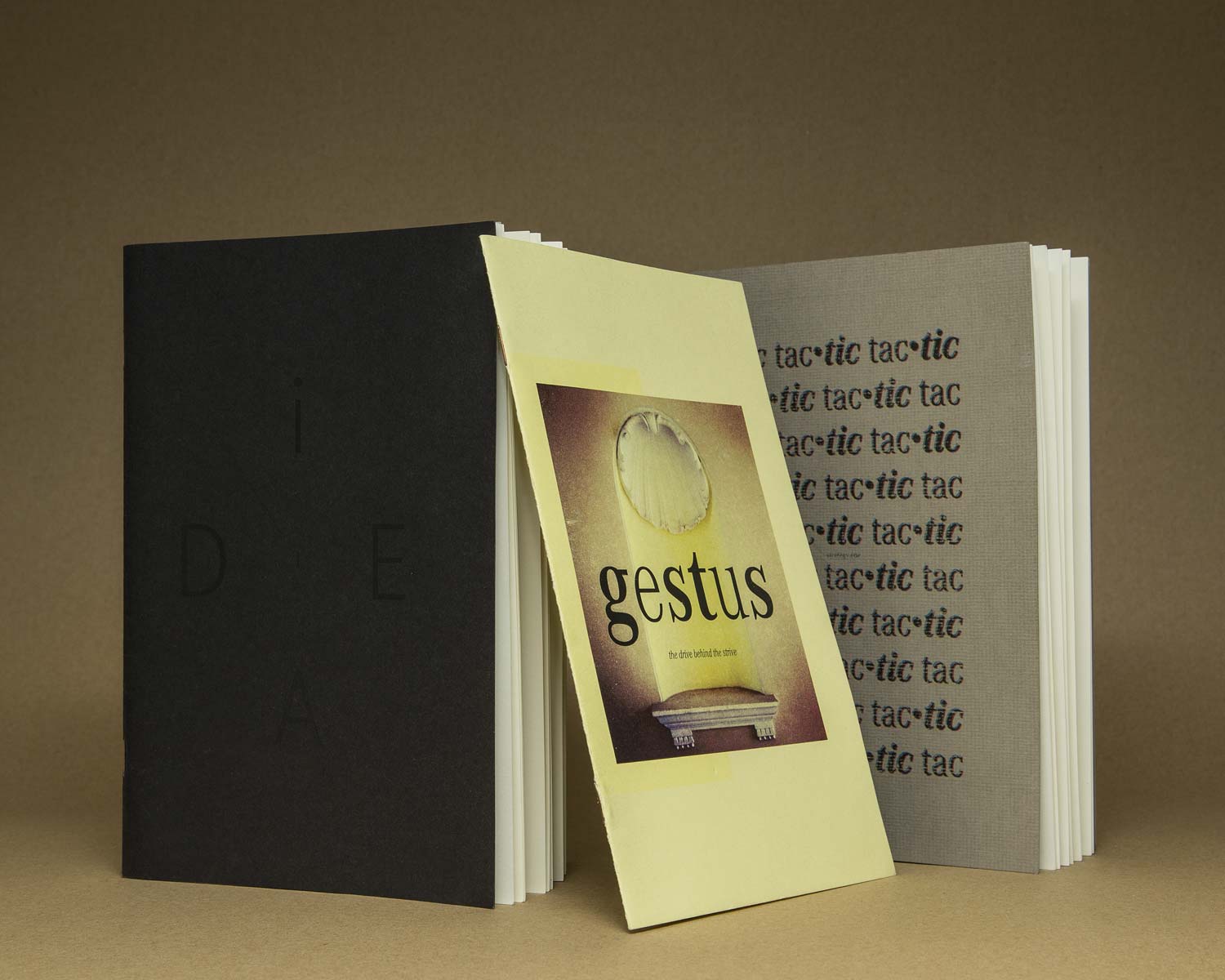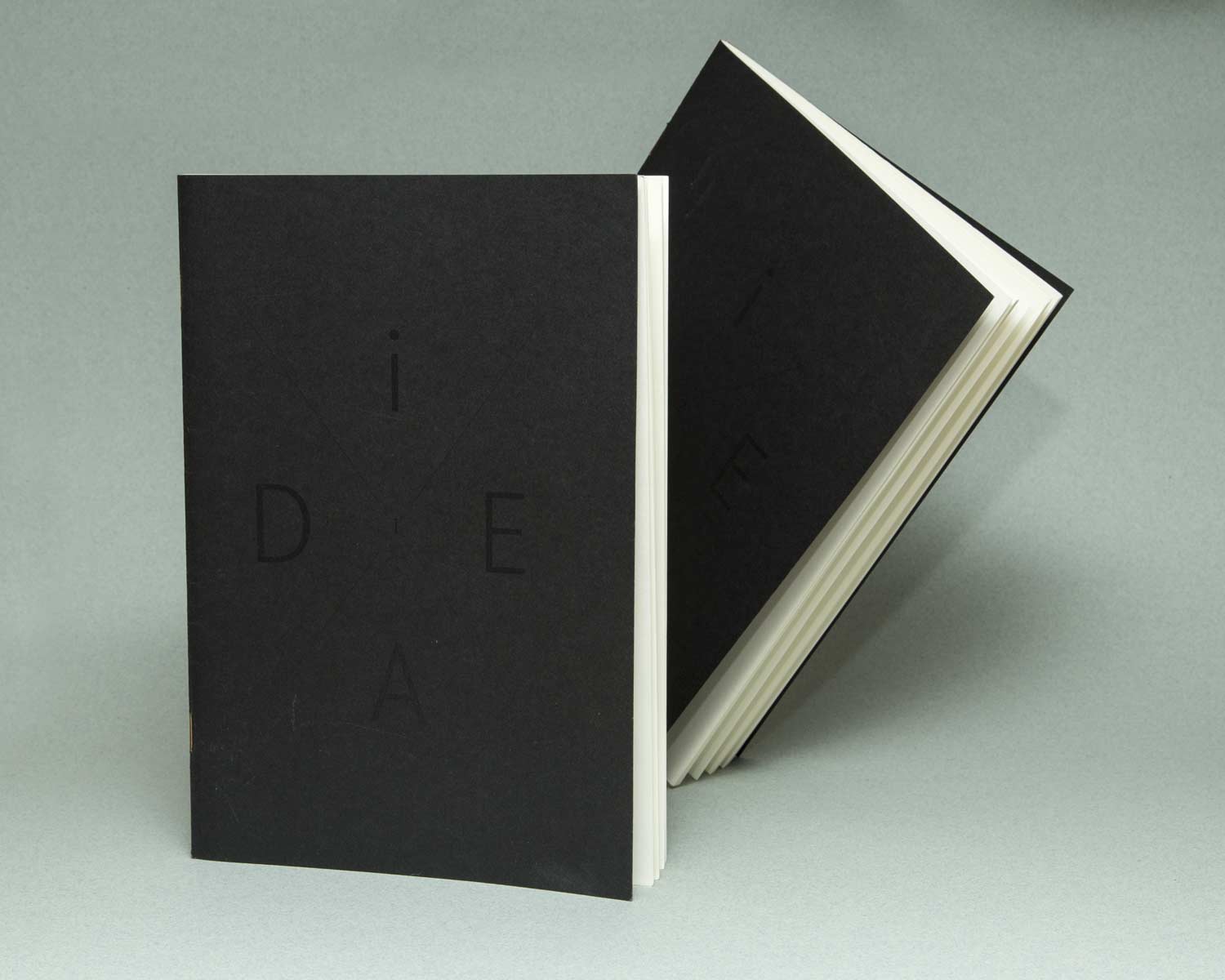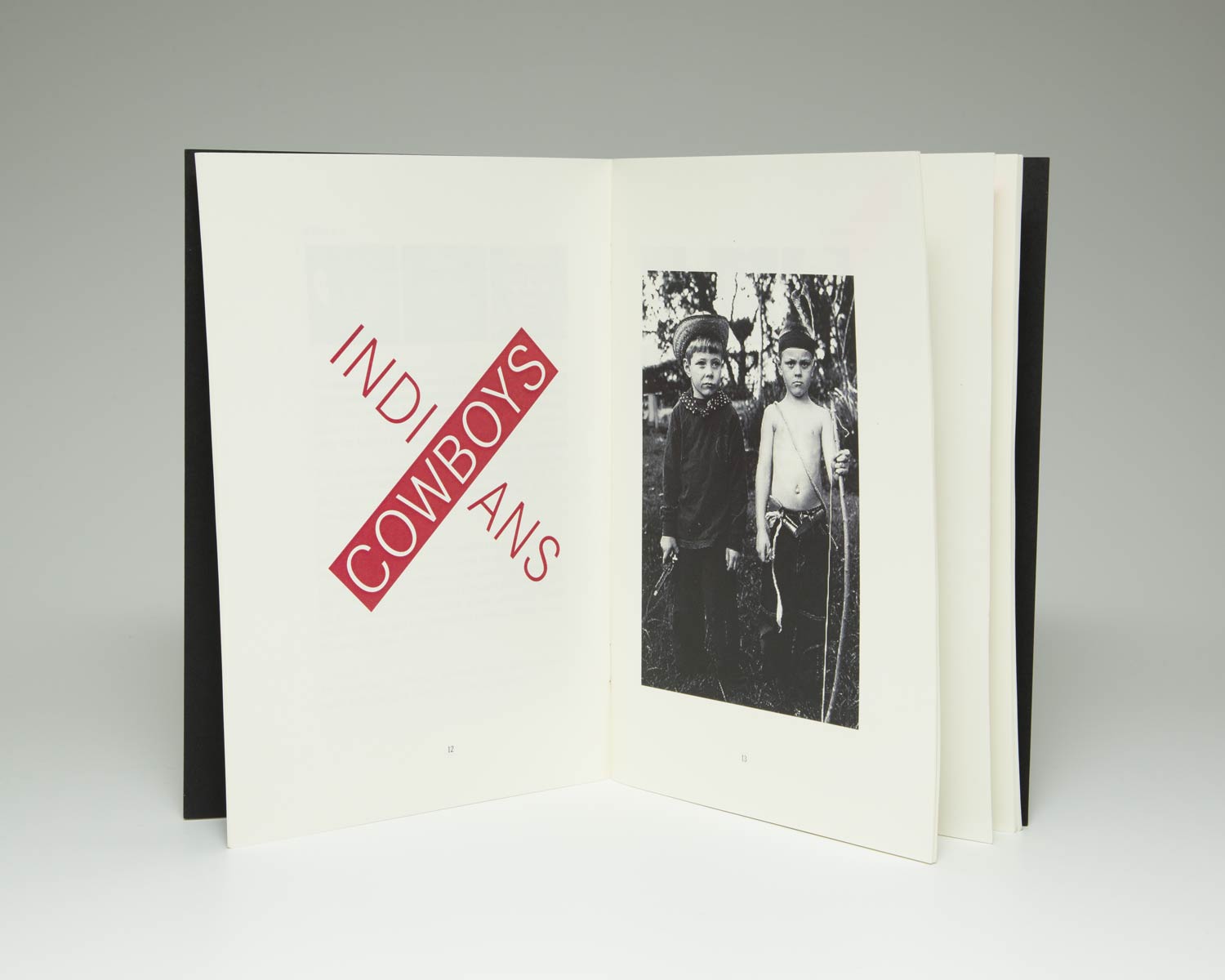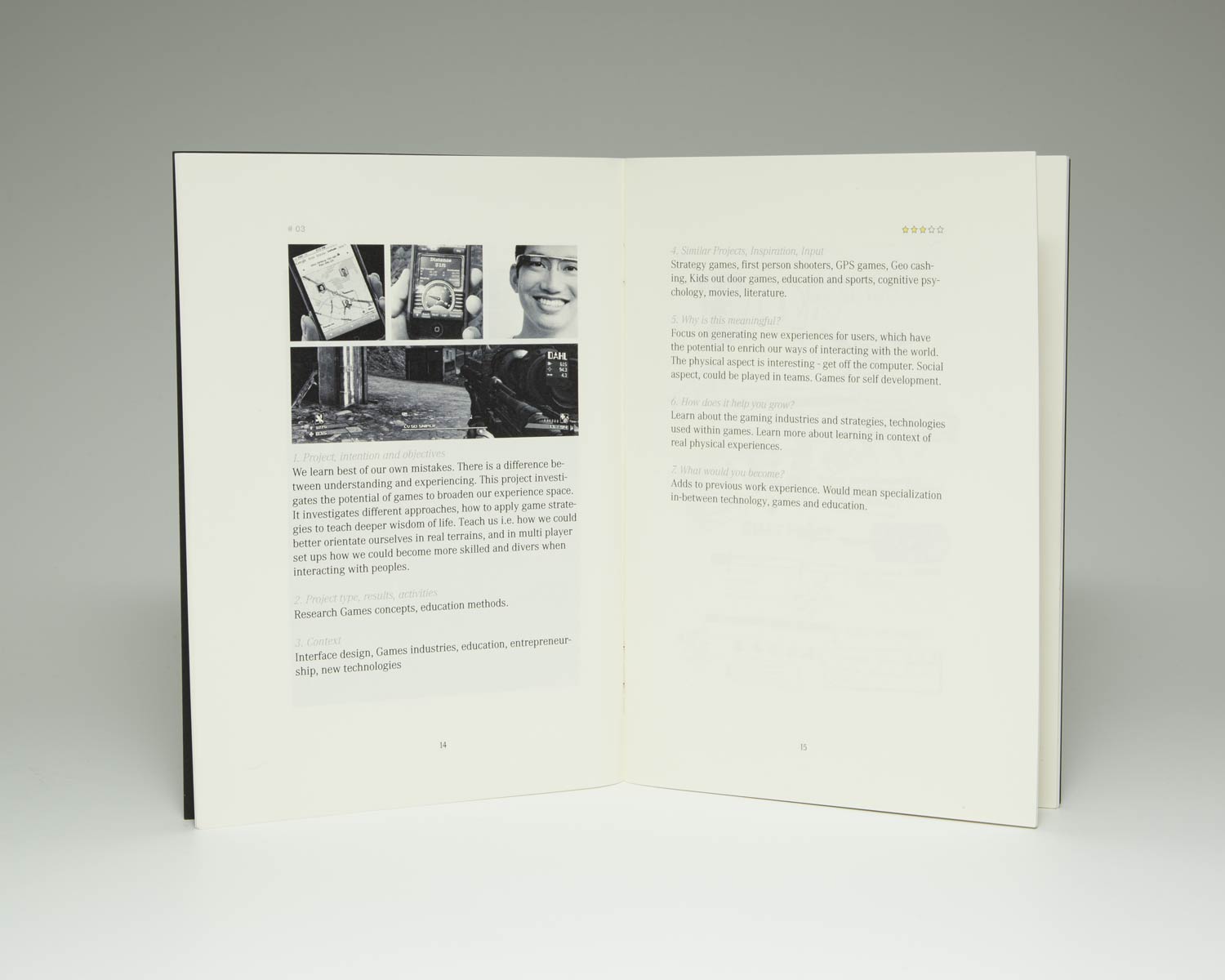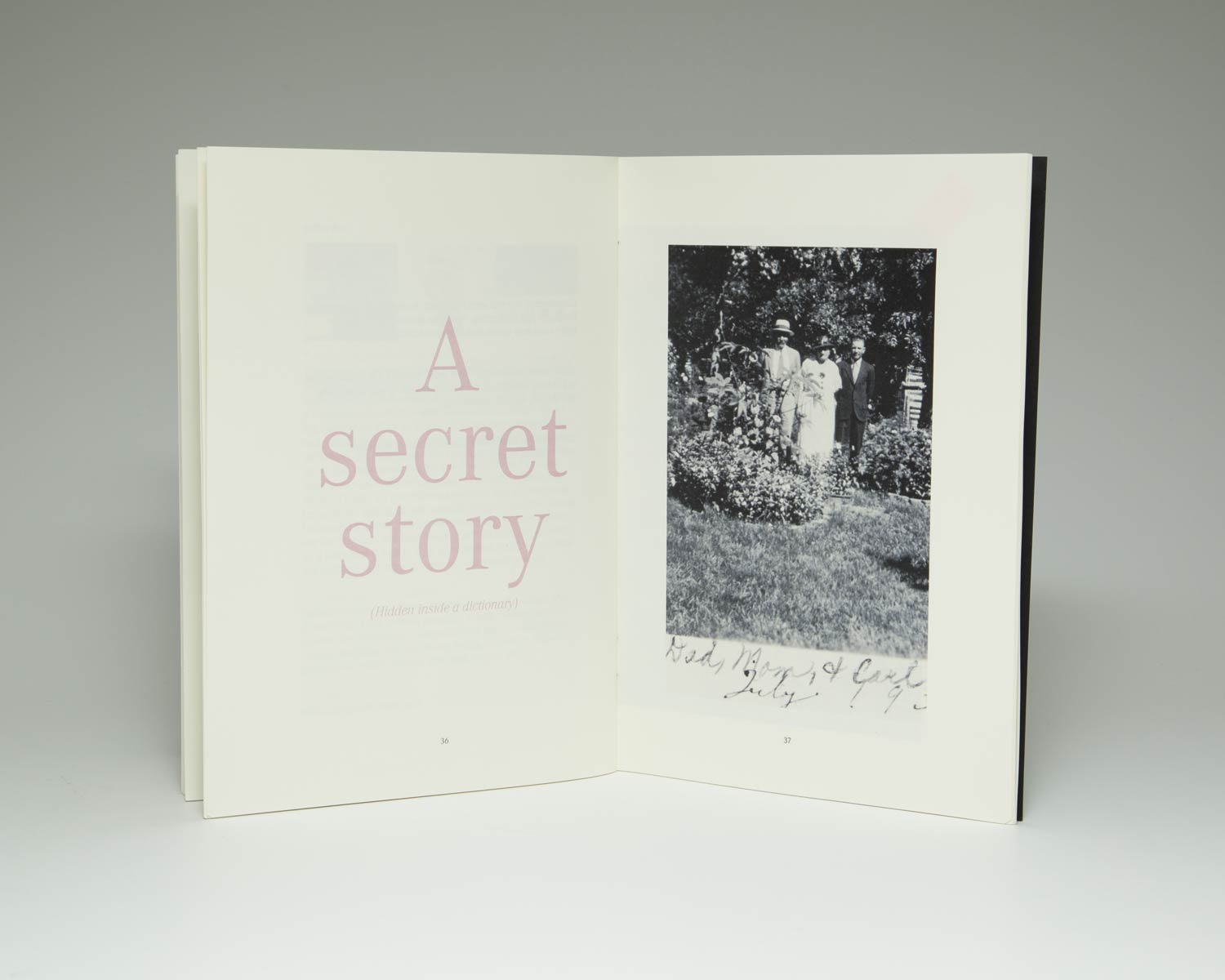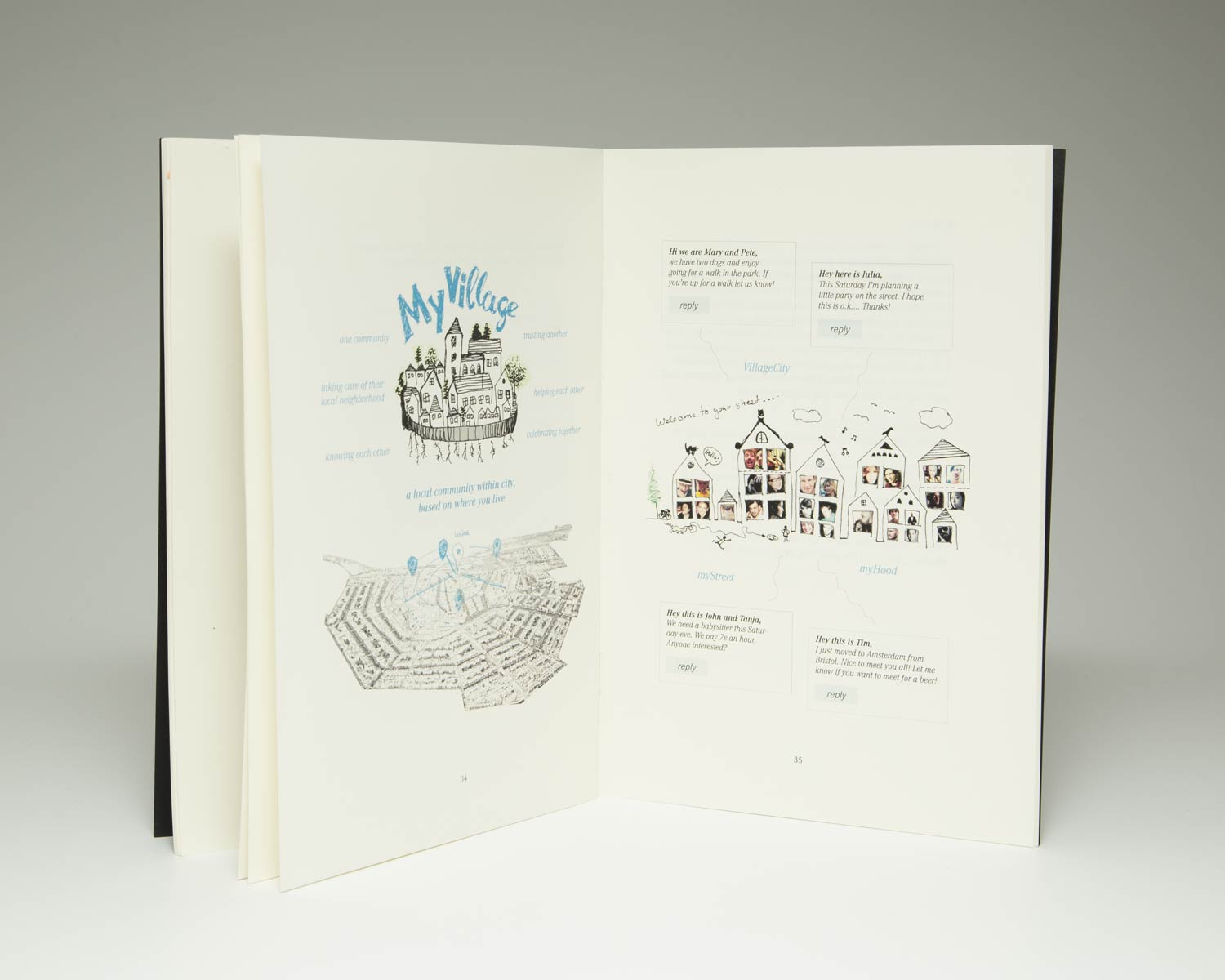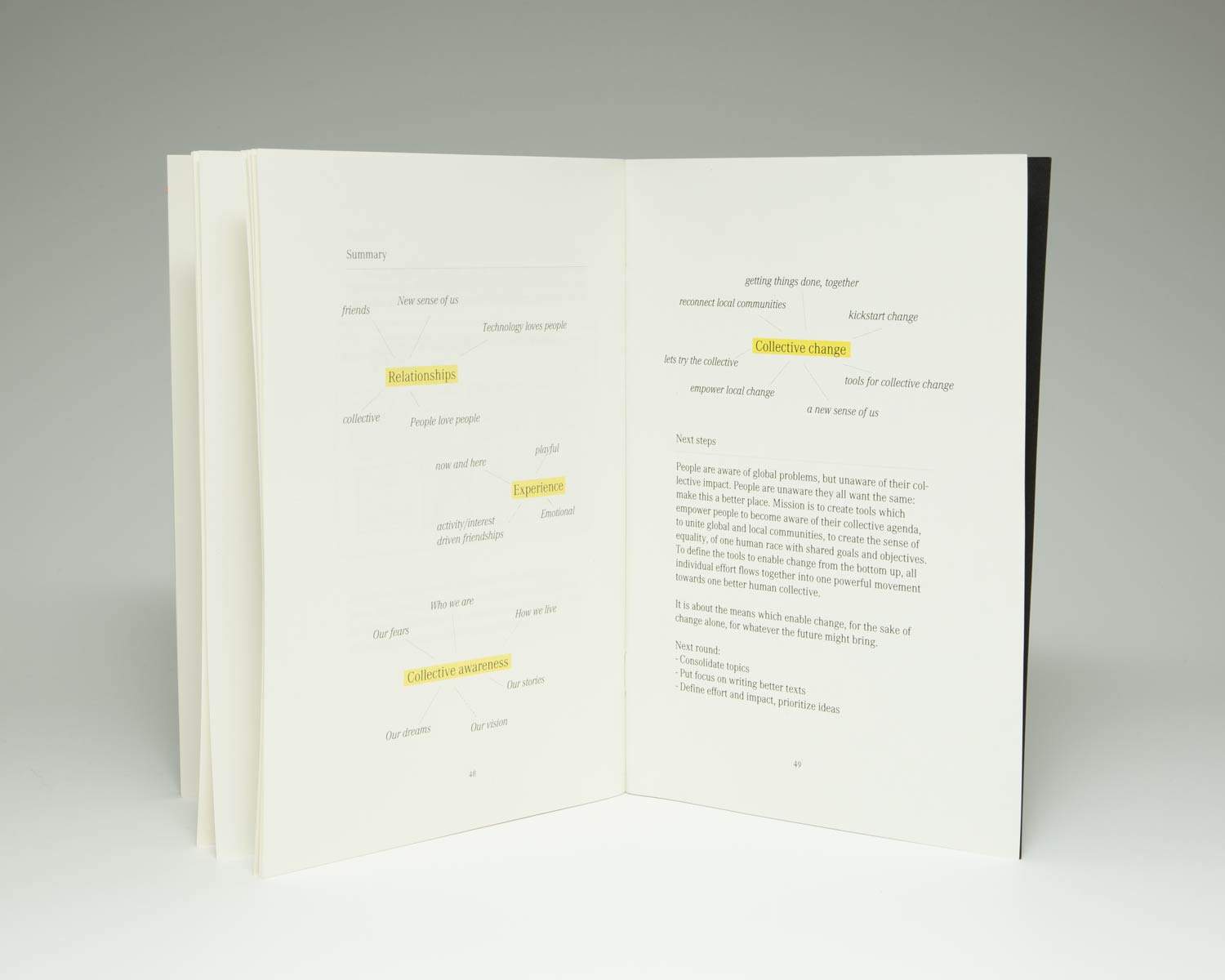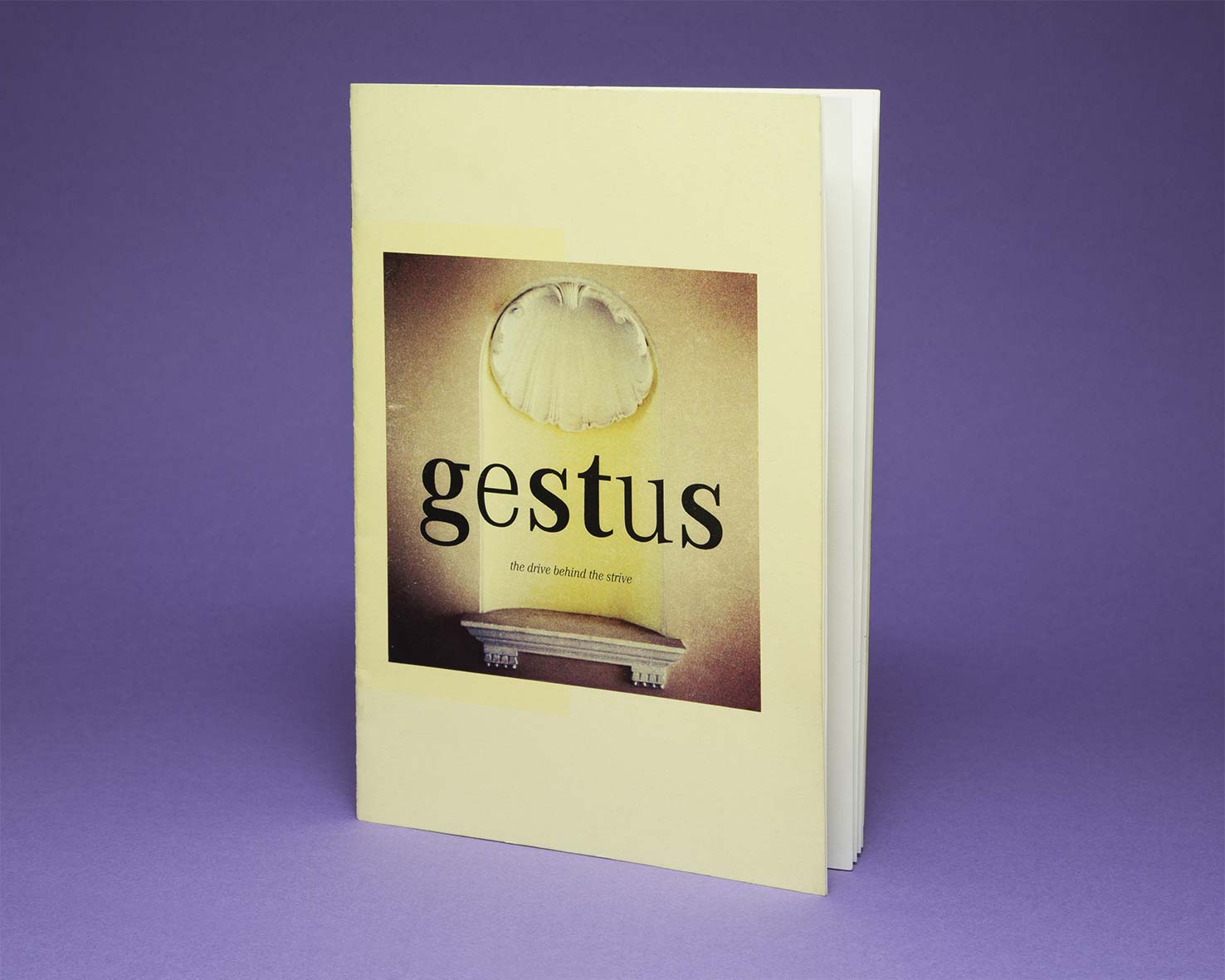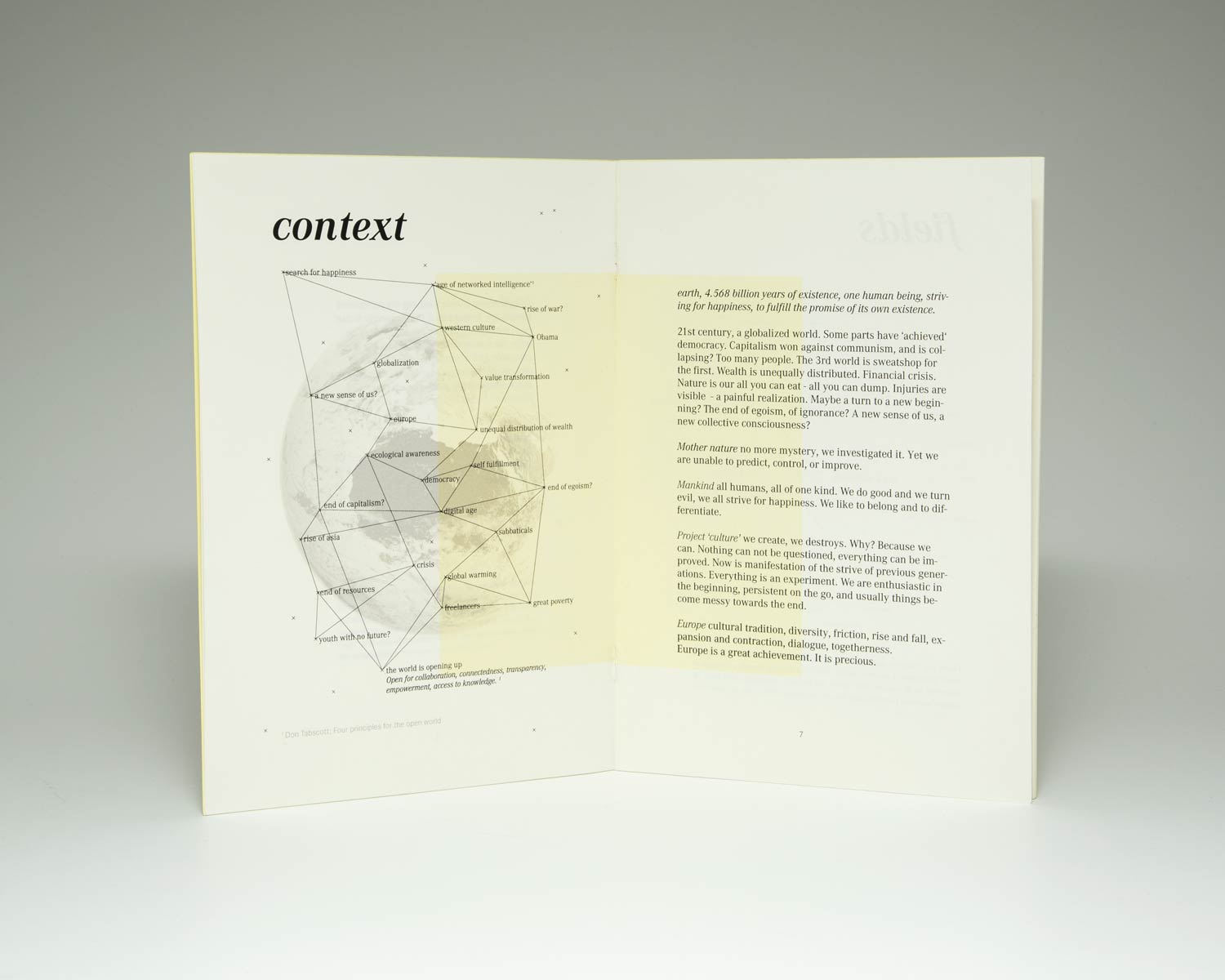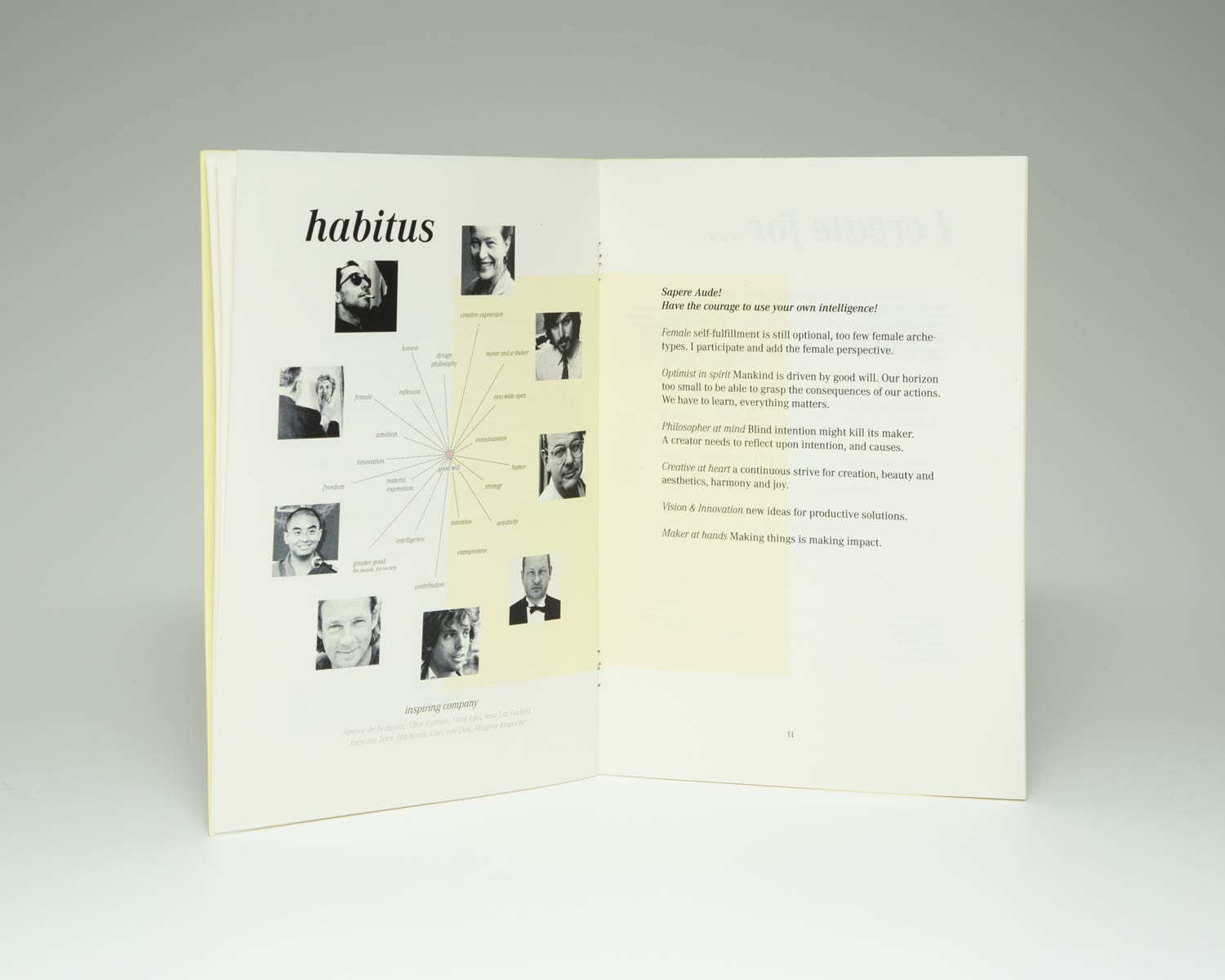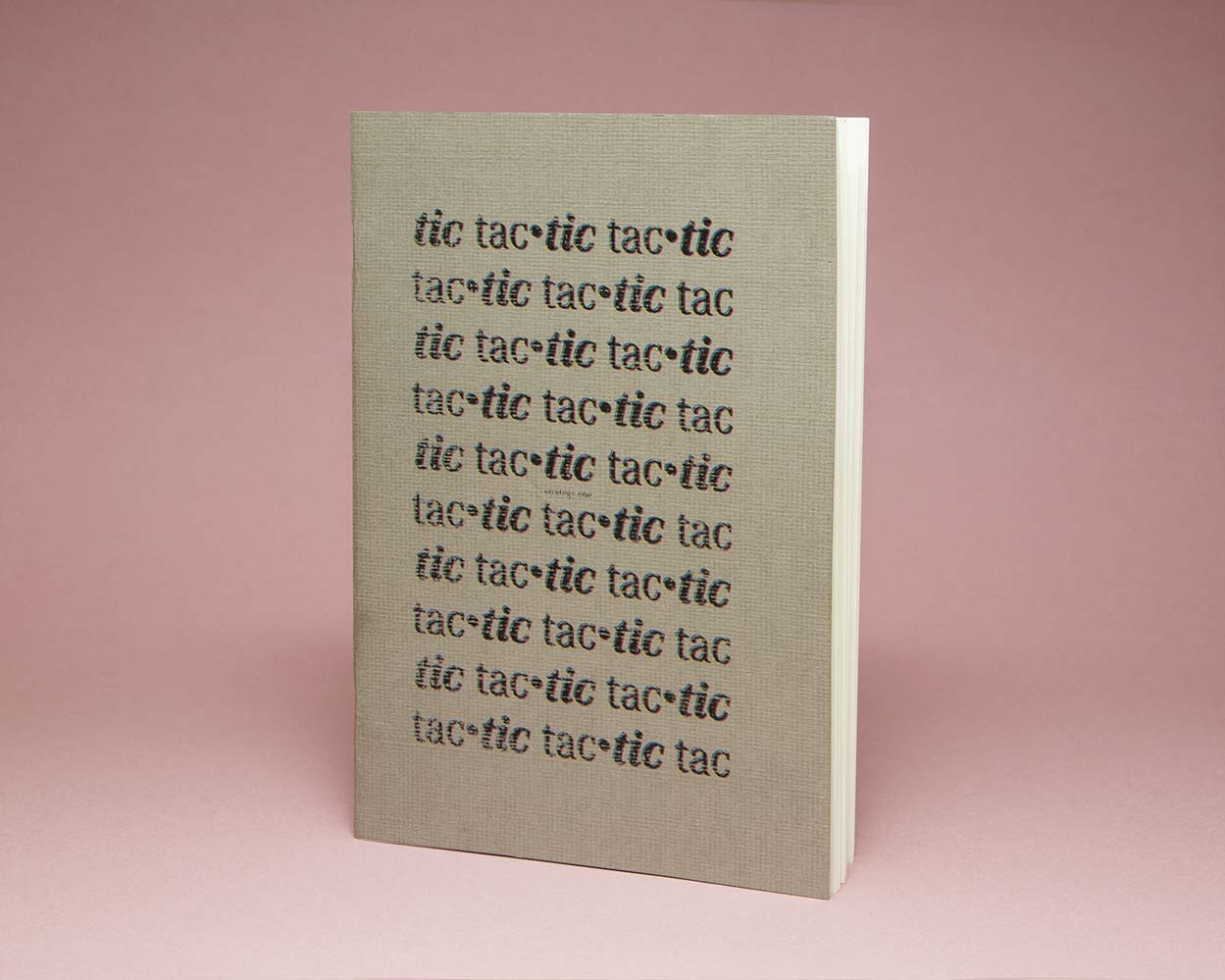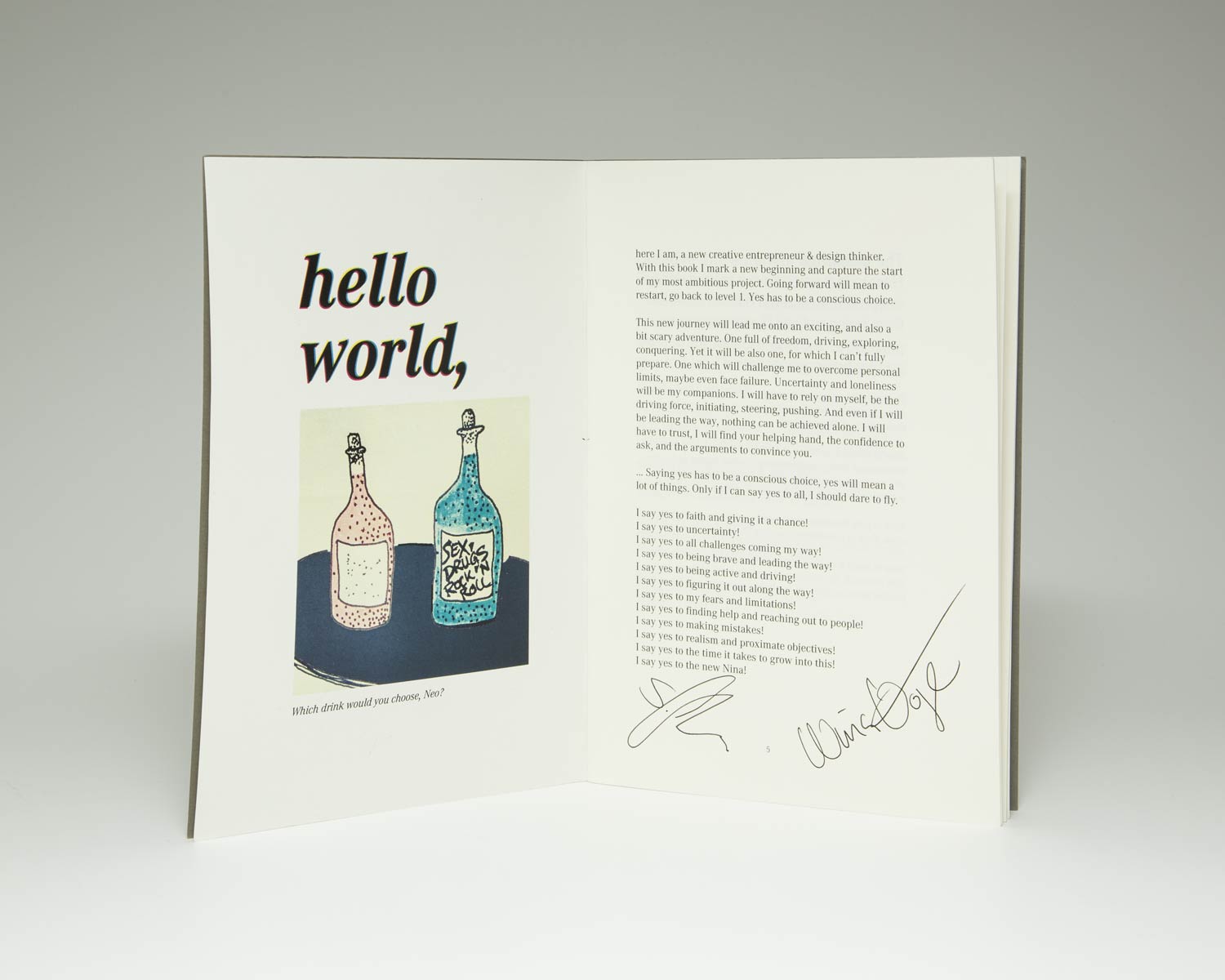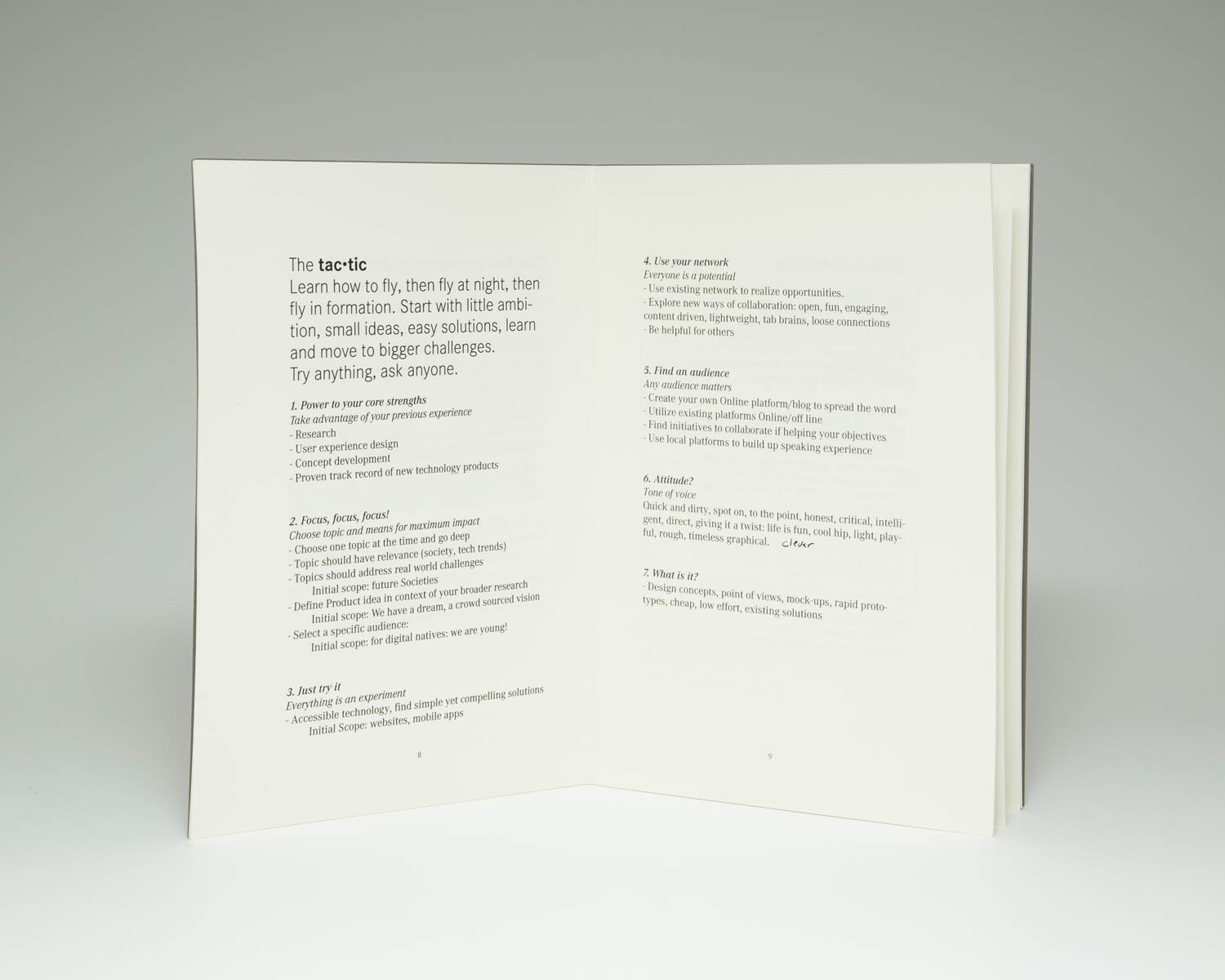Creatives strive to create and challenge the status quo with new and compelling solutions. Yet we are often unclear about where to focus our creative potential. This is the reason why many of us end up helping others rather than bringing our own dreams to life. While there are many meaningful causes out there to support, as designers, we should ask ourselves what we really want to create, and what our opportunities are to best realise our personal ambitions.
A Designer’s Strategic Toolkit is designed to help you find your intrinsic creative purpose. The outlined methods help you discover topics that inspire you, enable you to become more conscious about your underlying motivations and further guide you to realise your set ambitions.
A Designer’s Strategic Toolkit consists of three distinct parts:
Part 01 – One Idea a Day
One Idea a Day comprises design research with the objective to help you break through obvious, vain or opportunistic ideas, and reach a better understanding of your authentic interest areas. During this practical exercise you will also learn how to start from scratch, and develop a more conscious and structured creative process.
Part 02 – Gestus *1
Gestus is an exploration exercise which aims to reveal underlying motives of your creativity, and help you to become more conscious within your decision-making process. It helps you pinpoint your individual positioning as a creative within your professional field, and identify your inner drives and personal success criteria.
Part 03 – tac•tic *2
tac•tic is a strategic analysis which offers you guidance to achieve your creative objectives. It helps you assess your individual strengths, set realistic objectives and offers further guidance to turn your ambitions into a personal business strategy through achievable steps and milestones.
A Designer’s Strategic Toolkit is a ‘Mind the Gap’ initiative, and is currently in development. If you are interested to know more, please send a mail to , and we will keep you posted.
*1 The term Gestus has originally been coined by Berthold Brecht and carries at least two distinct meanings in Brecht’s theatre; firstly, the uncovering or revealing of the motivations and transactions that underpin a dramatic exchange between the characters; and secondly, the “epic” narration of that character by the actor (whether explicitly or implicitly).
*2 tac•tic is based on the Book Good Strategy/Bad Strategy by Richard P. Rumelt, Professor at UCLA.
